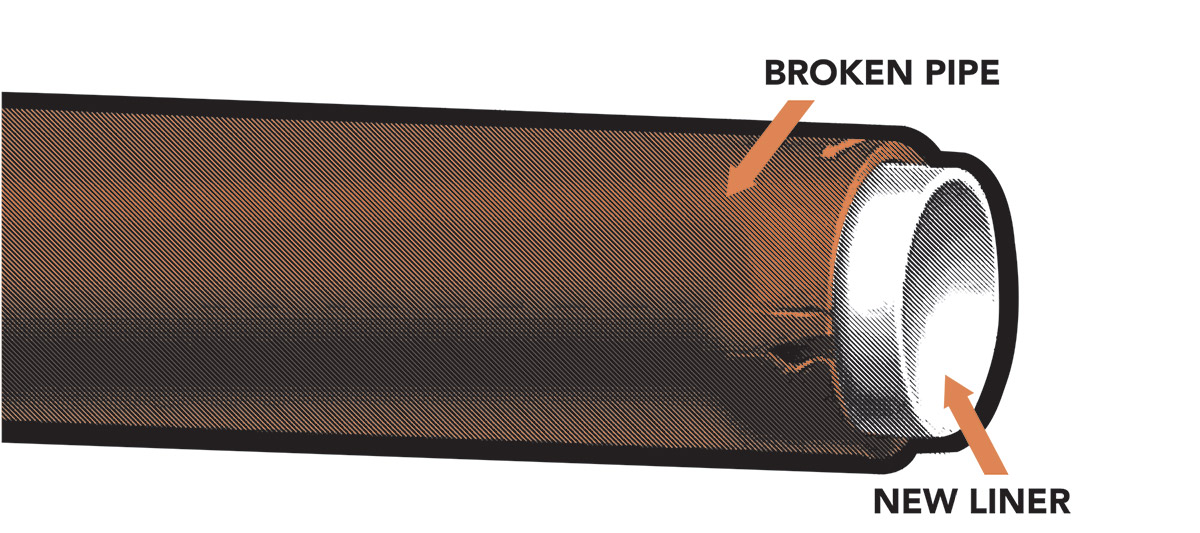How Does CIPP Work?
Cured-in-Place Pipe (CIPP) repair is a more practical and cost-effective option to complete sewer line replacement. This method offers structural restoration for the pipes without having to dig into the current pipeline. This is a jointless method of renovation. Point repairs can help to improve flow quality and eliminates exfiltration and infiltration of the actual repair location. Point repair installation comes in pipe diameters ranging from 6 inches to 54 inches, and for pipe lengths ranging from 2 feet to 30 feet.
CIPP point repair only affects the areas of the pipe that actually need to be repaired, rather than the entire pipe. For example, if you have a 300-foot sewer line, only 18 feet of the pipeline may actually need service. Using CIPP gives you the ability to do point repair on just these 18 feet instead of needing to service the whole pipeline. This method saves both time and money for everyone involved.

The CIPP Process
The CIPP repair method can be installed in just a few hours, without causing any disruption to the line. Gaining access to the actual pipeline happens by way of the closest manhole or clean out. During the CIPP process, a high-velocity jetter cleans all of the foreign material and debris out of the pipeline. The next step is a video inspection. This allows the technician to find the actual damage that is present. At the source of the damage, a “tube” made of uncured felt is positioned into place with the help of a video camera.
The repair material pushes firmly against the pipe’s inner wall with air pressure, and then is cured with a special epoxy mixture. This epoxy mixture used is a saturated mat made of felt and fiberglass. This mixture then wraps on a bladder placed into the sewer pipeline. This all takes place within the actual pipe. After the appropriate amount of curing time, which is usually between two and three hours, the bladder will be deflated, removed, and the repair process is finished. A protective, joint-free wall has now been created within the damaged pipeline.
Benefits of CIPP
There are a number of benefits offered by this repair method. The first benefit that comes from choosing CIPP occurs in your pocket book. It is a more affordable option. CIPP also offers a longer lifespan, saving you money in the future. Additionally, the installation process is simplified because there is no digging necessary.
If you have an issue with your sewer line, don’t put off inspection. The problem is only going to get worse as time passes. Calling for service at the first sign of trouble will ensure the problem gets fixed in a timely and efficient manner.